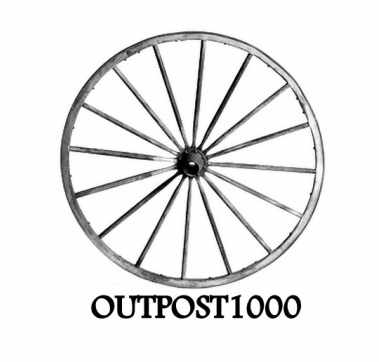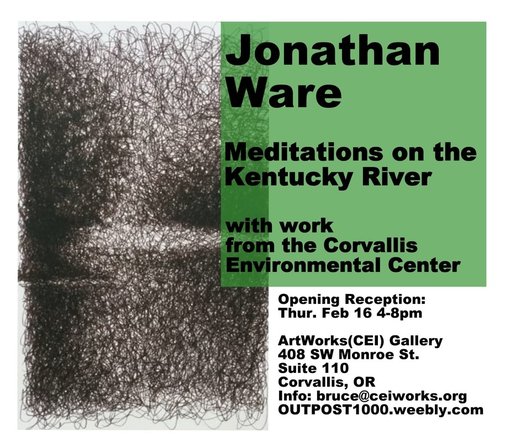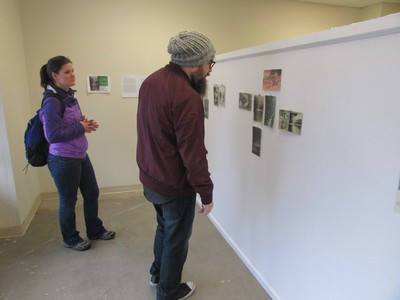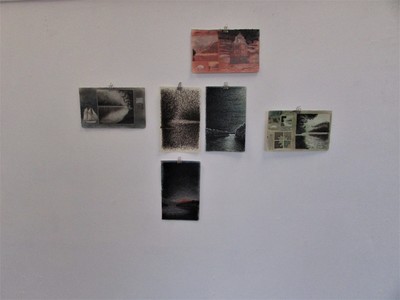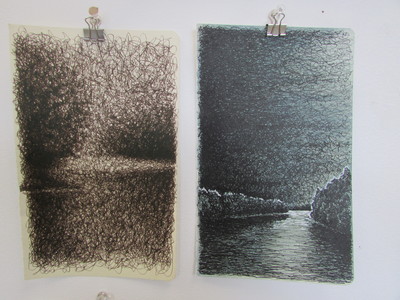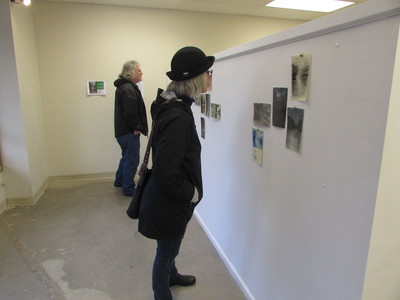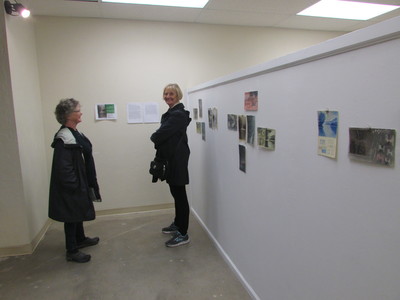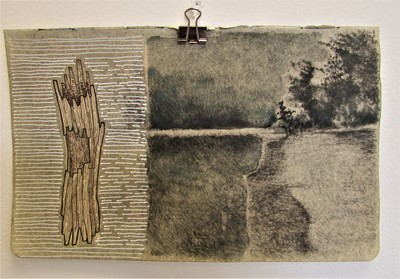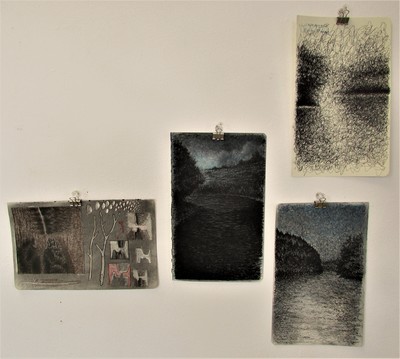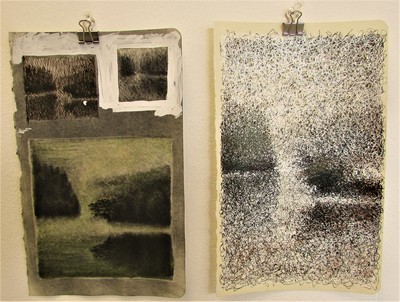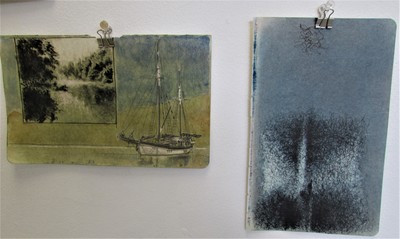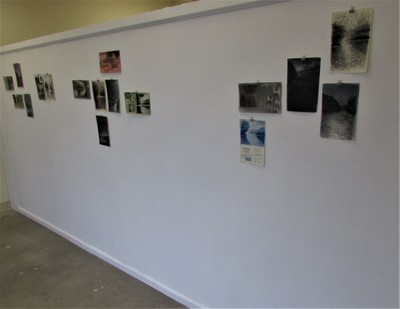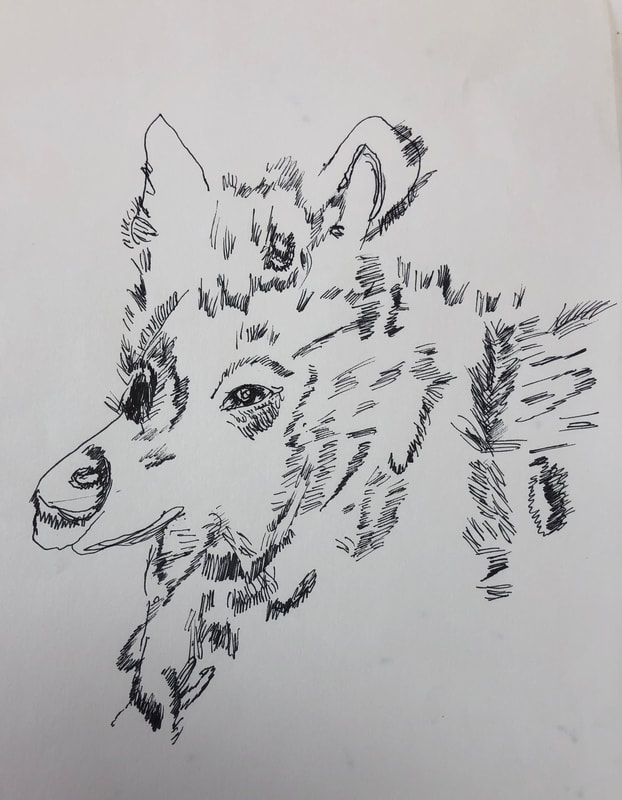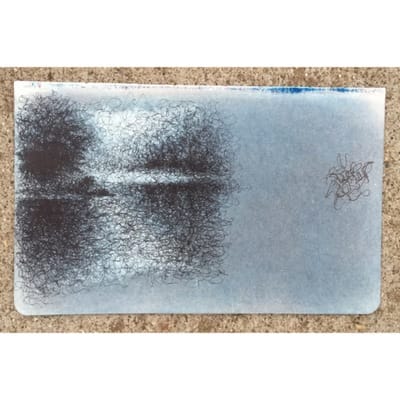Jonathan Ware
ARTIST STATEMENT
In 1995 the collaborative team of Komar and Melamid created series of the Most and Least Wanted Paintings. The subject matter, size, style, and so forth were created based on surveys given in a variety of locations worldwide. The aspect that strikes me most about this body of work was the predominance of the landscape as a preferred subject across various cultures, ethnicities, languages, and geographical locations. More recently there has been a growing body of research that links the benefits of exposure to the natural environment to brain function and body chemistry that also bridges those same divides. A summary of this later research is found in Selhub and Logan’s Your Brain on Nature, 2014. Taken together these two different trajectories, one aesthetic and the other physiological, point towards deeply embedded connection between the landscape and our humanity that transcends difference.
Difference now carries greater importance than it once did and the notion of connectedness is in danger of becoming banal through overuse. Similiarly, the landscape as a viable genre has been all but abandoned by the great majority of visual artists working today and is the target of serious critics within the discipline. Nevertheless, the landscape and our connection to it remain compelling, and in light of what is noted here, I made the decision to turn my work away from the figurative based loosely on autobiographical narratives and towards the pursuit of the landscape as subject with broader relevance. From the initial works, this exploration has developed over the years to engage a multifaceted understanding of and relationship to both nature and the landscape. My work relies heavily on time spent traveling the trails, farms, waterways, and landscape of Kentucky. These are a reflection of the many hours and days I have spent paddling the Kentucky River. I hope you enjoy them.
ARTISTS BIOGRAPHY
I am 7th generation Kentuckian and my family’s presence here date prior to the Revolutionary War when Kentucky was still a part of Virginia. My roots run deep in our native clay and I was fortunate to have spent a good chunk of my childhood playing in its woods, fields, rivers, streams, lakes, and ponds. That time and the influence of my family’s love of the outdoors cultivated my own affection for the landscape and I have coupled it with my interest in fine arts. I enjoy a number of outdoor activities with my family as well as the solitude and reflection that time in the landscape provides. Through formal study and travel I have been fortunate to have met many people from various backgrounds, levels of education, cultures, languages, and so forth. Certainly our understanding of difference has grown and we have learned to appreciate it in others. Despite or perhaps because of the all the differences I have experienced, I remain most struck and preoccupied by aspects held in common with humanity as they reach across multiple boundaries such as time, culture, language, and geography. My artistic investigations are, in part, born out of this preoccupation.
ARTIST STATEMENT
In 1995 the collaborative team of Komar and Melamid created series of the Most and Least Wanted Paintings. The subject matter, size, style, and so forth were created based on surveys given in a variety of locations worldwide. The aspect that strikes me most about this body of work was the predominance of the landscape as a preferred subject across various cultures, ethnicities, languages, and geographical locations. More recently there has been a growing body of research that links the benefits of exposure to the natural environment to brain function and body chemistry that also bridges those same divides. A summary of this later research is found in Selhub and Logan’s Your Brain on Nature, 2014. Taken together these two different trajectories, one aesthetic and the other physiological, point towards deeply embedded connection between the landscape and our humanity that transcends difference.
Difference now carries greater importance than it once did and the notion of connectedness is in danger of becoming banal through overuse. Similiarly, the landscape as a viable genre has been all but abandoned by the great majority of visual artists working today and is the target of serious critics within the discipline. Nevertheless, the landscape and our connection to it remain compelling, and in light of what is noted here, I made the decision to turn my work away from the figurative based loosely on autobiographical narratives and towards the pursuit of the landscape as subject with broader relevance. From the initial works, this exploration has developed over the years to engage a multifaceted understanding of and relationship to both nature and the landscape. My work relies heavily on time spent traveling the trails, farms, waterways, and landscape of Kentucky. These are a reflection of the many hours and days I have spent paddling the Kentucky River. I hope you enjoy them.
ARTISTS BIOGRAPHY
I am 7th generation Kentuckian and my family’s presence here date prior to the Revolutionary War when Kentucky was still a part of Virginia. My roots run deep in our native clay and I was fortunate to have spent a good chunk of my childhood playing in its woods, fields, rivers, streams, lakes, and ponds. That time and the influence of my family’s love of the outdoors cultivated my own affection for the landscape and I have coupled it with my interest in fine arts. I enjoy a number of outdoor activities with my family as well as the solitude and reflection that time in the landscape provides. Through formal study and travel I have been fortunate to have met many people from various backgrounds, levels of education, cultures, languages, and so forth. Certainly our understanding of difference has grown and we have learned to appreciate it in others. Despite or perhaps because of the all the differences I have experienced, I remain most struck and preoccupied by aspects held in common with humanity as they reach across multiple boundaries such as time, culture, language, and geography. My artistic investigations are, in part, born out of this preoccupation.
